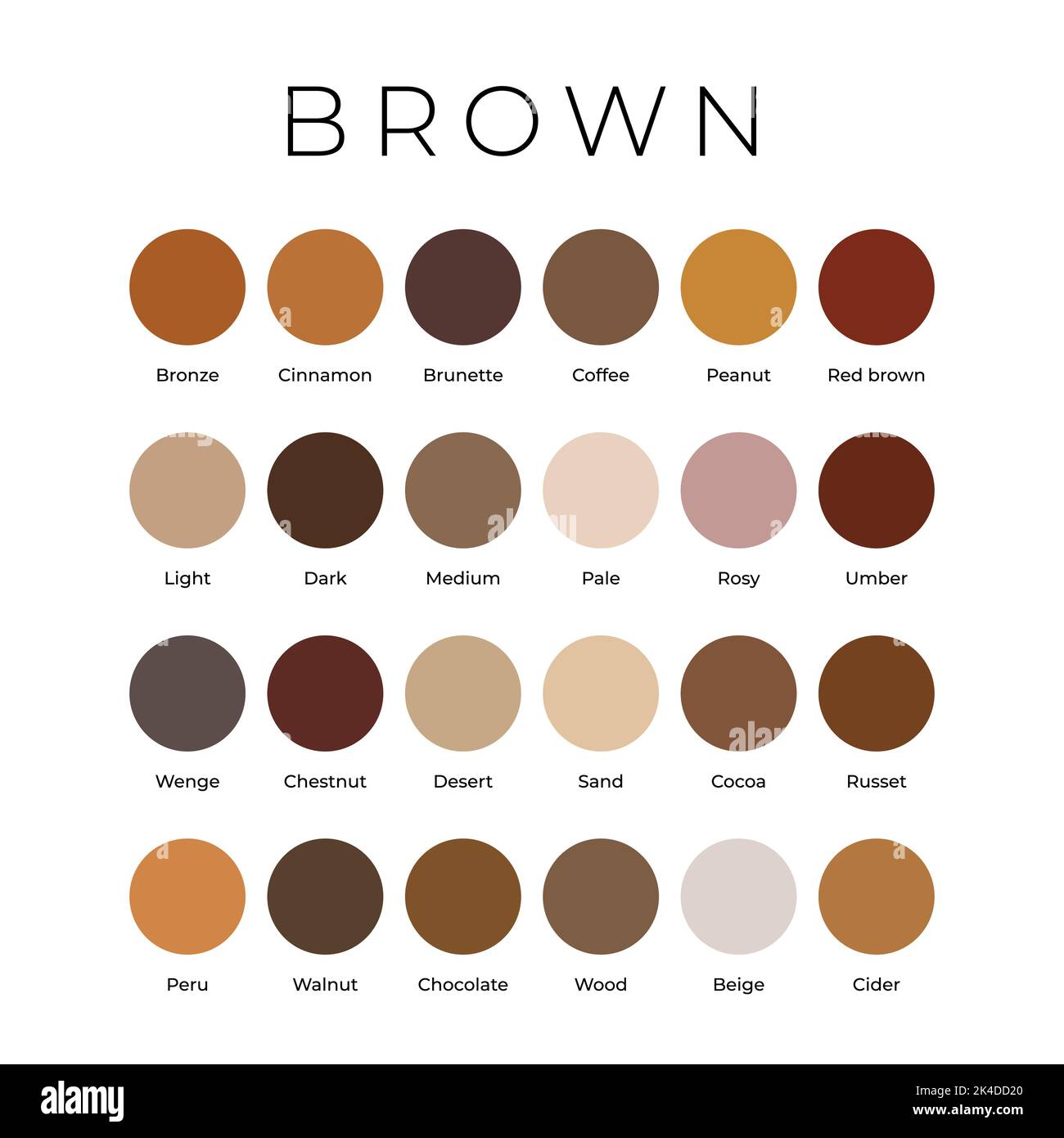Rubik’s Cube Solvers: How Many People Can Master the Puzzle?
The global community of Rubik’s Cube solvers
The Rubik’s Cube, that colorful 3x3x3 puzzle invent by Hungarian architect Arno Rubik in 1974, has captivated minds worldwide for decades. But precisely how many people can solve this iconic puzzle? The answer isn’t straightforward, but explore the numbers reveal fascinating insights about this global phenomenon.
Estimate number of Rubik’s Cube solvers worldwide
While no definitive census of Rubik’s Cube solvers exist, various indicators help paint a picture of the puzzle solve population:
- Over 450 million Rubik’s Cubes have been sell worldwide since its invention
- The world cube association (wWPA)has register more than 150,000 competitive solvers from 140 + countries
- Online communities dedicate to cube have millions of members conjointly
- YouTube tutorials teach cube solutions have hundreds of millions of views
Base on these factors, experts estimate that between 5 10 % of the global population has solved aRubik’s Cubee at least erstwhile in their lifetime. Thistranslatese to roughly 400 800 million peoplworldwidede who have successfullysolvede the puzzle.
The competitive speedcubing community
A smaller but passionate subset of Rubik’s Cube solvers participate in competitive speedcubing. The world cube association, found in 2004, serve as the govern body for these competitions.
WPA statistics
The WPA database provide concrete numbers about competitive solvers:
- Over 150,000 register competitors worldwide
- Competitions hold in more than 140 countries
- Annual growth rate of roughly 20 % in new competitors before the pandemic
- More than 7,000 official competitions have been hold globally
These numbers represent exclusively those who compete formally. Many more speed cubers practice at home without participate in sanctioned events.
Demographics of cube solvers
The demographic breakdown of Rubik’s Cube solvers reveal interesting patterns:
-
Age distribution:
While solvers range from children to seniors, the majority of competitive speed cubers are between 10 25 years old -
Gender breakdown:
Historically, speedcube has attracted more male participant(( roughly 85 90 )), though female participation has been steady increase -
Geographic distribution:
Asia (specially cChina jJapan and sSouth Korea)and noNorth Americaave the highest concentration of spspeed cubersfollow by eEurope
Interestingly, studies suggest that mathematical ability isn’t inevitably correlate with cube solve skills. Pattern recognition and spatial reasoning appear to be more relevant skills.
Learning curve and solve rates
How difficult is it to solve a Rubik’s Cube? The learning curve varies importantly base on method and individual aptitude.
Beginner methods vs. Advanced techniques
Most people learn through one of several establish methods:
-
Layer by layer (beginner’s method )
The about common approach for beginners, solve one layer at a time -
Crop (fFriedrichmethod):
Use by most speed cubers, involve cross, f2l,alll, andPLLl steps -
Roux method:
An alternative advanced method use block build techniques -
Oz method:
Another advanced method focus on efficient move counts
With the beginner’s method, most people can learn to solve the cube within 1 2 weeks of consistent practice. Advanced methods like crop typically require months to master full.
Success rates and learning times
Data from cube teaching workshops and online learning platforms suggest:
- Roughly 70 80 % of people who severely attempt to learn can finally solve the cube
- Average learning time with guide instruction: 2 7 days
- Average learning time with self instruction: 2 4 weeks
- Average time to reach sub 1 minute solves: 3 6 months of regular practice
The widespread availability of online tutorials has dramatically increased success rates compare to the 1980s, when fewer learning resources exist.
Speed records and elite solvers
At the highest levels of speedcubing, the numbers become unfeigned impressive.
World records and elite times
The current official world record showcase the extraordinary capabilities of top solvers:
-
Single solve:
3.47 seconds (ypushingdDu china ) -
Average of 5 solves:
4.86 seconds (max park, uUSA) -
Blindfold:
14.67 seconds (tTommycherry, uUSA) -
One-handed:
6.82 seconds (max park, uUSA)
The elite tier of speed cubers — those who systematically solve under 10 seconds — comprise roughly 5,000 7,000 peopleworldwidee. This represents less than 0.0001 % of the global population.
Distribution of solve times
Among those who can solve the cube, times follow an approximately normal distribution:
-
Beginners:
2 5 minutes (majority of casual solvers ) -
Intermediate:
30 seconds to 2 minutes -
Advanced:
15 30 seconds -
Expert:
Sub 15 seconds -
Elite:
Sub 10 seconds -
World-class:
Sub 7 second
Some 80 % of all solvers fall into the beginner or intermediate categories.
Factors affecting cube solving ability
Several factors influence a person’s ability to solve the Rubik’s Cube and their potential solve speed:

Source: bubbleslidess.com
Cognitive and physical factors
-
Pattern recognition:
The ability to rapidly identify cube patterns -
Spatial reasoning:
Understand how moves affect the 3d structure -
Memory capacity:
Specially important for learn algorithm -
Finger dexterity:
Critical for execute moves rapidly -
Process speed:
How speedily one can plan sequences of moves
Research suggest that while some people may have natural advantages in these areas, practice remain the virtually significant factor in improvement.
Practice and training methods
The virtually successful speed cubers typically employ structured training regimens:
-
Algorithm drilling:
Practice specific move sequences repeatedly -
Look ahead training:
Learn to plan next steps while execute current moves -
Cross and f2l practice:
Focus on the most time consume parts of to solve -
Targeted drills:
Isolate specific weaknesses for improvement
Elite solvers oftentimes practice 2 4 hours every day, with deliberate focus on specific techniques quite than fair casual solving.
The educational impact of Rubik’s Cube
Beyond competitive solving, the Rubik’s Cube has found its way into educational settingsworldwidee.
Classroom integration
Many schools have incorporate Rubik’s Cube programs into their curriculum:
- The” you can do the rRubik’s Cube” rogram has reach over 500,000 students in the usUSxclusively
- Cube solving is used to teach mathematical concepts, algorithmic thinking, and persistence
- School cube clubs exist in thousands of institutions globally
- Some universities offer puzzle solve courses that include the Rubik’s Cube
These educational initiatives have importantly increased the number of young people who can solve the cube.
Cognitive benefits
Research suggest that learn to solve the Rubik’s Cube offer several cognitive benefits:
- Improved spatial awareness and visualization skills
- Enhance memory capacity, specially for sequences
- Develop problem solve abilities and persistence
- Increase concentration and focus
These benefits have made the cube progressively popular as a brain training tool.
Cultural impact and accessibility
The Rubik’s Cube’s cultural significance has evolved over decades, influence its accessibility and popularity.
Popular culture and media representation
The cube maintain a strong presence in popular culture:
- Feature in numerous films, TV shows, and music videos
- Use as a symbol of intelligence and problem solve ability
- Competitive solving has been broadcast on major sports networks
- Viral videos of impressive solves regularly attract millions of views
This visibility has help maintain interest in the puzzle across generations.
Accessibility factors
Several factors have made the Rubik’s Cube more accessible than always:

Source: semajfershardy.blogspot.com
-
Price point:
Basic cubes are affordable in most markets (under $$10)) -
Digital resources:
Free tutorials and apps have democratized learn -
Improved hardware:
Modern speedcubes are easier to turn than vintage models -
Global distribution:
Available in over 170 countries
These factors have contributed to the continue growth in the number of people who can solve the cube.
Future trends in cube solving
Look leading, several trends suggest continue growth in the cube solve community:
-
Ai integration:
Apps use computer vision to analyze and teach cube solving -
VR training:
Virtual reality programs for cube practice -
Competitive evolution:
New event formats and categories -
Educational expansion:
More structured programs in schools globally
Experts will predict that the percentage of the population able to will solve the cube will continue to will increase, potentially will reach 15 20 % within the next decade.
Conclusion: the growing community of cubers
While precise numbers remain elusive, the data suggest that hundreds of millions of people worldwide can solve the rRubik’s Cube with thousands achieve elite speeds. The combination of improved learn resources, better hardware, educational initiatives, and cultural visibility continue to expand this community.
The Rubik’s Cube remain a fascinating intersection of mathematics, spatial reasoning, and motor skills — a puzzle that’s simultaneously accessible to beginners even offer limitless depth for mastery. Whether solve in minutes or seconds, each person who conquer the cube join a global community unite by the satisfaction of turn chaos into order, one algorithm at a time.
For those who haven’t still learn, the good news is clear: with persistence and proper instruction, most people can so solve the Rubik’s Cube. The question isn’t very whether you can will solve it, but sooner how rapidly you’ll be able to do sol.



